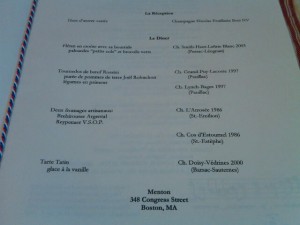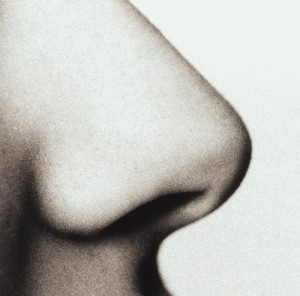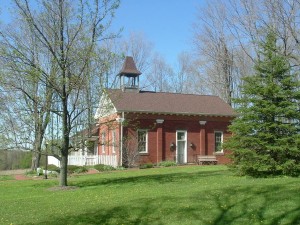 I realized I haven't posted in ages about what I've been sipping on. The last several months, it's felt a bit like a marathon - not of exorbitant consumption, per se, but of keeping up with the many new vintages hitting shelves this summer. Yes, my colleague and I (largely) enjoy our "Homework", which consists of bring home new finds or new vintages of old favorites to 'check in' on a particular wine and perhaps most important, have it in the comfort of our own homes, with friends/family (or sometimes solo) and 9 out of 10 times, with food. Sure, you can taste 60+ wines per week, but there's something to be said for getting a little bit of a reality check, or perspective on what the average wine consumer experiences.
Where to begin? Naturally we'll start with rose, since that's what I'm most inclined to take home right at the moment. I don't know what it is, but as soon as it gets warm all I want is a good rose. And now it is H-O-T.
I realized I haven't posted in ages about what I've been sipping on. The last several months, it's felt a bit like a marathon - not of exorbitant consumption, per se, but of keeping up with the many new vintages hitting shelves this summer. Yes, my colleague and I (largely) enjoy our "Homework", which consists of bring home new finds or new vintages of old favorites to 'check in' on a particular wine and perhaps most important, have it in the comfort of our own homes, with friends/family (or sometimes solo) and 9 out of 10 times, with food. Sure, you can taste 60+ wines per week, but there's something to be said for getting a little bit of a reality check, or perspective on what the average wine consumer experiences.
Where to begin? Naturally we'll start with rose, since that's what I'm most inclined to take home right at the moment. I don't know what it is, but as soon as it gets warm all I want is a good rose. And now it is H-O-T.
As you may recall from my late Spring post, fresh out of the gates, things were looking a bit unsettled in rose land; wines had not yet come into their own.
But now they are singING!
I'm still a huge fan of Chateau Larroque, the Cabernet Sauvignon/Merlot blend I last wrote about. Contending alongside it for my everyday rose-sipping affections is... Le Fraghe "Rodon" Bardolino Chiaretto rose. Now here's something equally unique (perhaps why there are so many apparent 'names' on the bottle). Bardolino by definition connotes a light styled Italian red, one you might chill. Ok, it's hot outside. Tell me more! The grapes in this lively rose (not that you can tell from the label, ironically) are Rondinella and Corvina - two of the flagship varietals that make up the bold Veneto wine Valpolicella. The grapes see about 6 hours on the skin, giving it a dark rose/light light red wine color. The finished wine actually matures on the lees in stainless steel tanks. This process give it a richer texture but also a zesty punch. I love it for it's uber-dry, quenching qualities - and the fact that there is a surprising, but welcome bit of spice on the finish! I think it is that little extra kick that sets it apart from other roses (particularly the kind I typically gravitate towards, those from Provence).
It's definitely been a fun summer so far! If you want to spend a few extra bones and can get your hands on any, keep an eye out for another vierdo rose - one from County Line in Anderson Valley. This bold wine is a 100% Pinot Noir offering.
What are you drinking at the moment?




 Got wine? Got a good cause? What about an insured nose (Robert Parker's) and debate about its efficacy - or at least the question of mind over matter? Yes, yes; it has been another nerdy week in wine!
Biz Stone and his partner in crime at Twitter are first to bat in my lineup this Friday. They are teaming up with the folks at Crushpad and Room to Read to bring
Got wine? Got a good cause? What about an insured nose (Robert Parker's) and debate about its efficacy - or at least the question of mind over matter? Yes, yes; it has been another nerdy week in wine!
Biz Stone and his partner in crime at Twitter are first to bat in my lineup this Friday. They are teaming up with the folks at Crushpad and Room to Read to bring  As much as we may hate to admit it, the smell of autumn is in the air. September offers a great opportunity to embrace wines of all shapes and sizes, regardless of a specific need to celebrate. Sometimes simply unwinding at the end of a long day is the way to go. This month we offer some bubbly for just such an occasion, as well as a cool white that could fly under the radar screen if not given proper attention and a dynamic duo of opposing, but equally enticing reds. School may be back in session, but September is absolutely not a month for “Time Out” in the wine world!
Pop on over to
As much as we may hate to admit it, the smell of autumn is in the air. September offers a great opportunity to embrace wines of all shapes and sizes, regardless of a specific need to celebrate. Sometimes simply unwinding at the end of a long day is the way to go. This month we offer some bubbly for just such an occasion, as well as a cool white that could fly under the radar screen if not given proper attention and a dynamic duo of opposing, but equally enticing reds. School may be back in session, but September is absolutely not a month for “Time Out” in the wine world!
Pop on over to